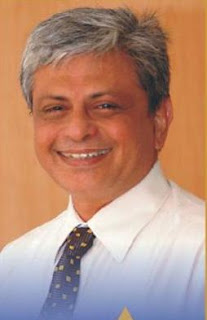Once I travelled with Satej, Co-Founder and CEO of his startup, carrying gift hampers of jam bottles and cream cheese for his employees and friends. Visiting every house was a sweet experience—literally.
Everyone appreciated the care behind those gifts: the hours of stirring, bottling, designing labels, and packing.
Satej lives in Dallas, Texas, where he makes jams from local berries—strawberry, blueberry, raspberry, and blackberry. He then brings them to Bangalore.
He hasn’t yet tried the more exotic ones like Deerberry or Lingonberry, but knowing him, it’s only a matter of time.
I remember us sitting late at night, writing handwritten notes and tying colourful ribbons around each hamper. It felt like a school project—a joyful regression into innocence.
The next morning, as we planned our route to visit each home, I asked him, “Why do you take all this trouble? You could just order corporate hampers online.”
“Whatever we do,” he said, “we align it to our Prime Directives—our company’s culture principles.”
He explained, “Our first principle is to be exceptional at our craft. I study recipes like case studies until the flavour feels right. The second is to improve every day. Each batch gets a bit better.”
One may feel his explanation sounds a bit preachy. But I think for most CEOs, their Vision, Mission, and Values are their Bhagwadgeeta—principles so deeply ingrained that they guide every thought and action.
As we began our visits, I realised he wasn’t just making jam. He was bottling his philosophy—one of craftsmanship, care, and continuous learning.
Some CEOs build culture through strategy decks.
Satej does it through spoonfuls of sweetness.
Friends,
What simple act of creation helps you express your craft, connect with others, and leave a trace of yourself behind?
What’s your jam — your way of bottling meaning and spreading joy?







